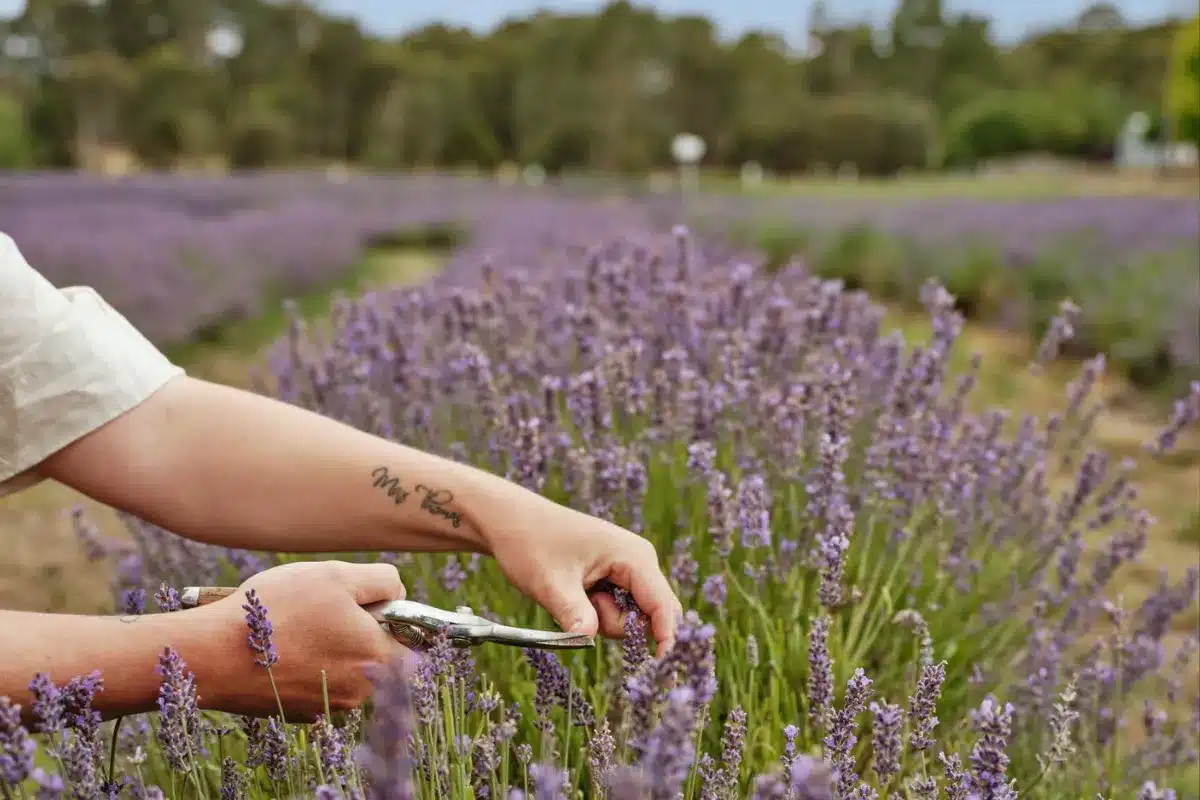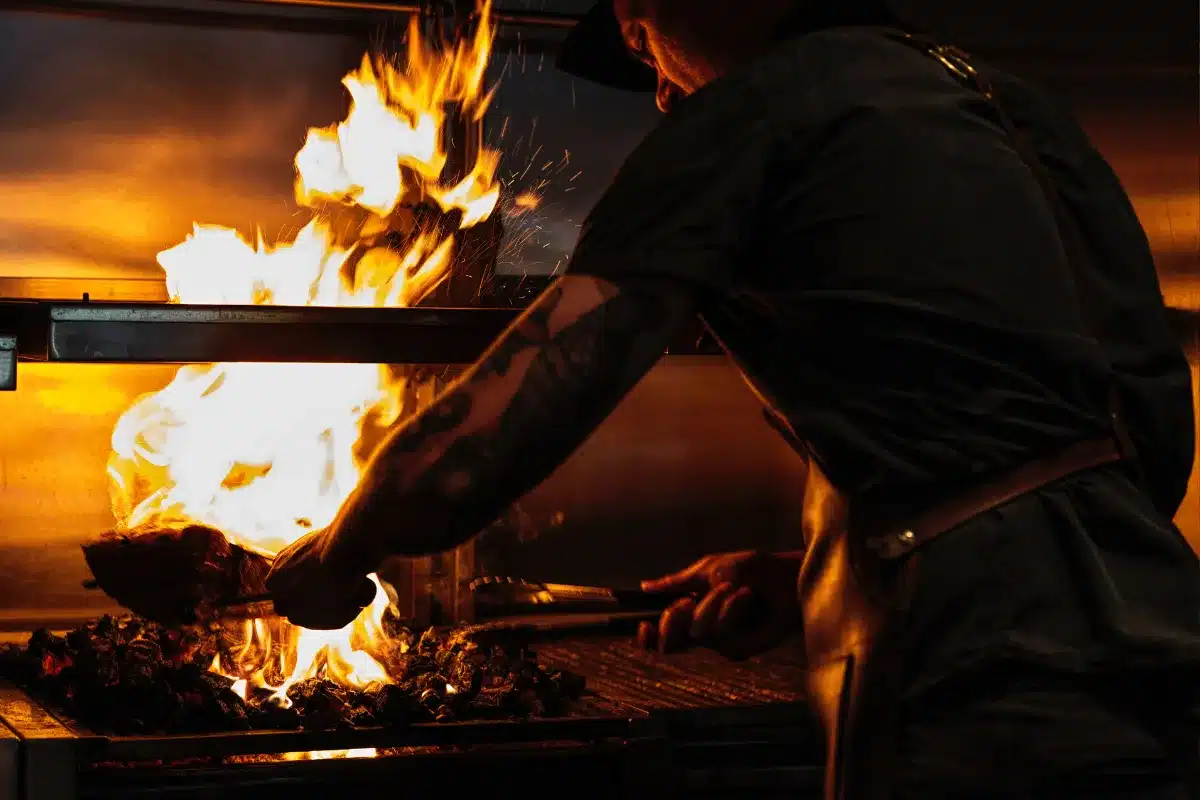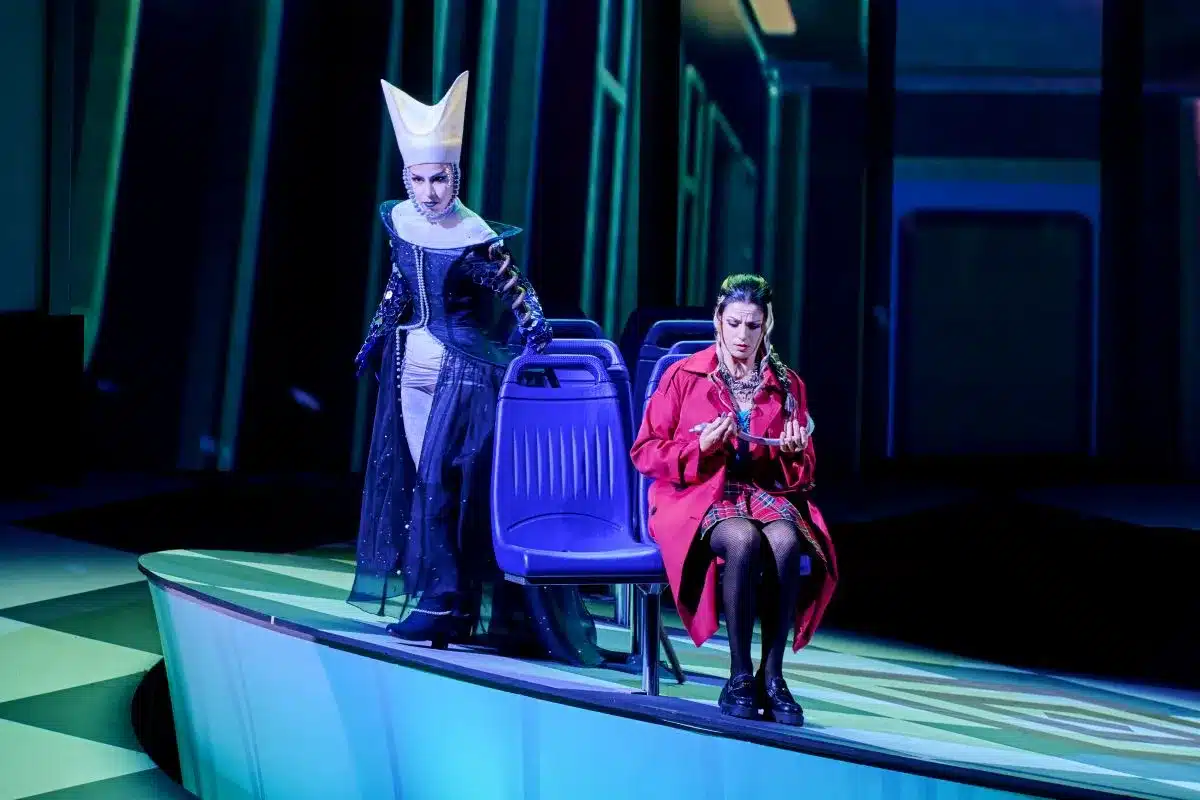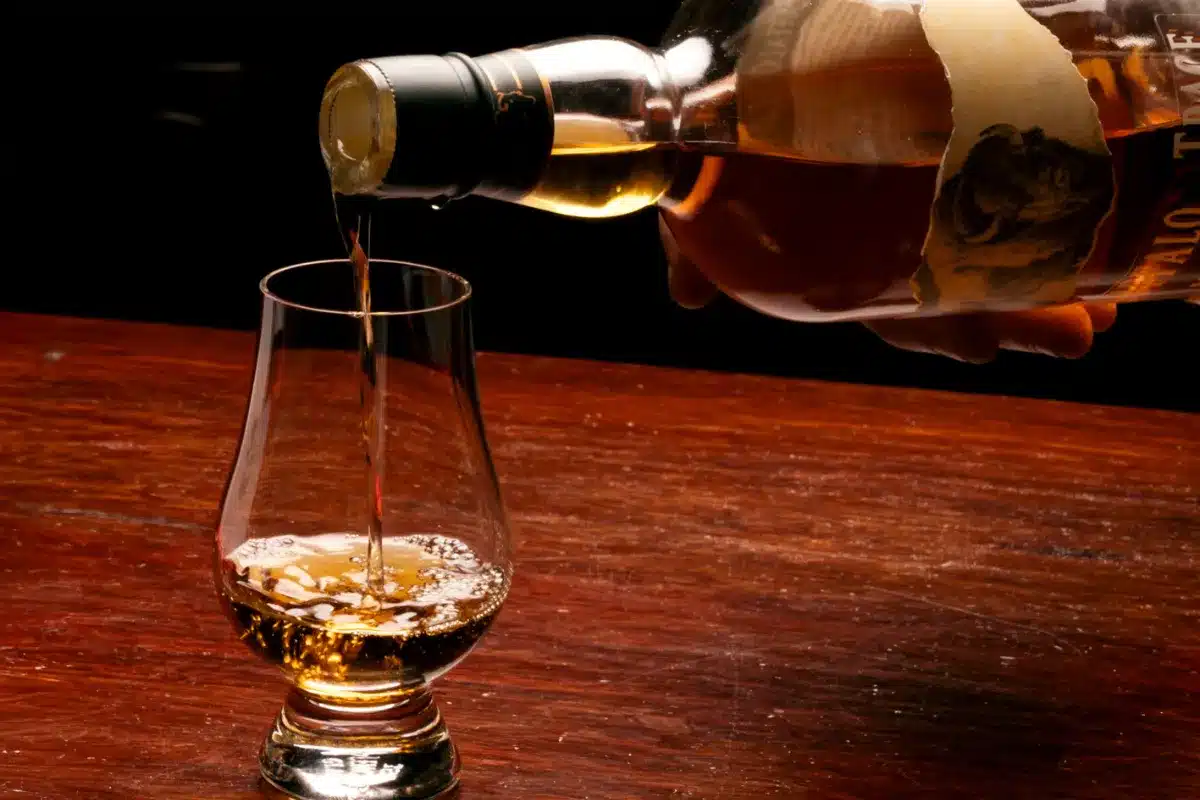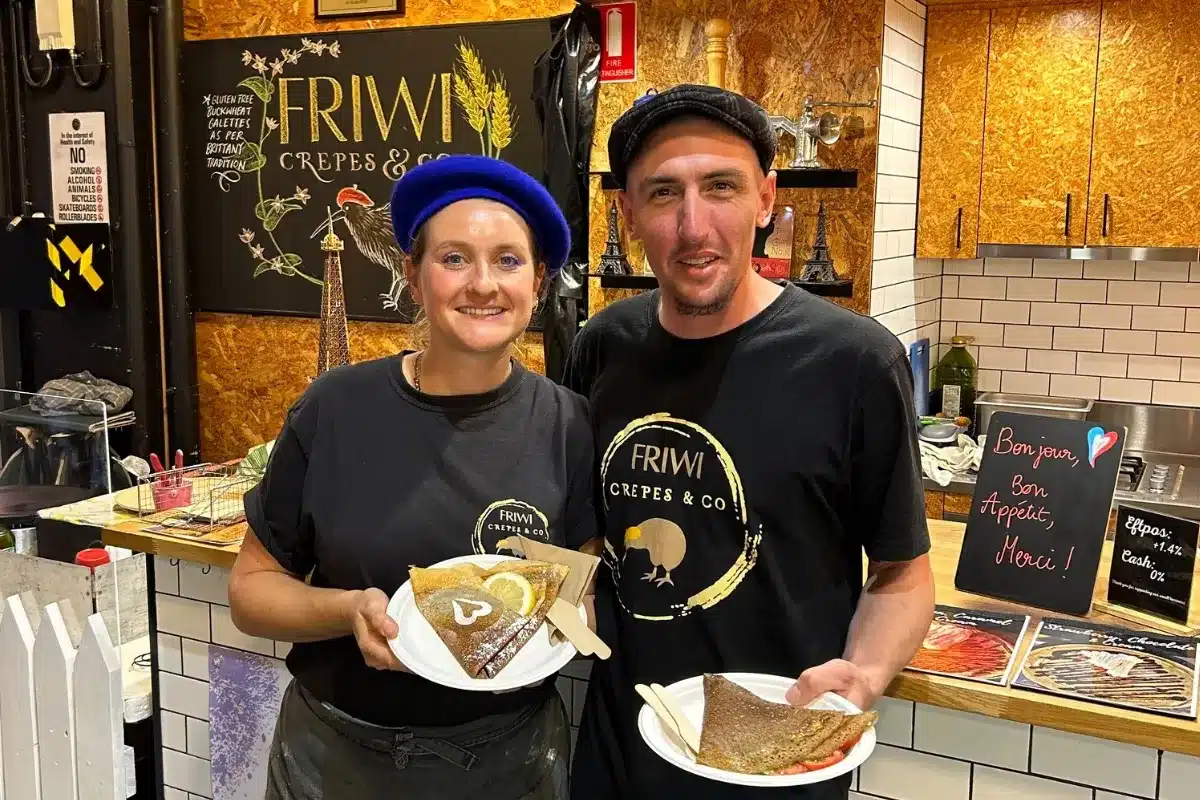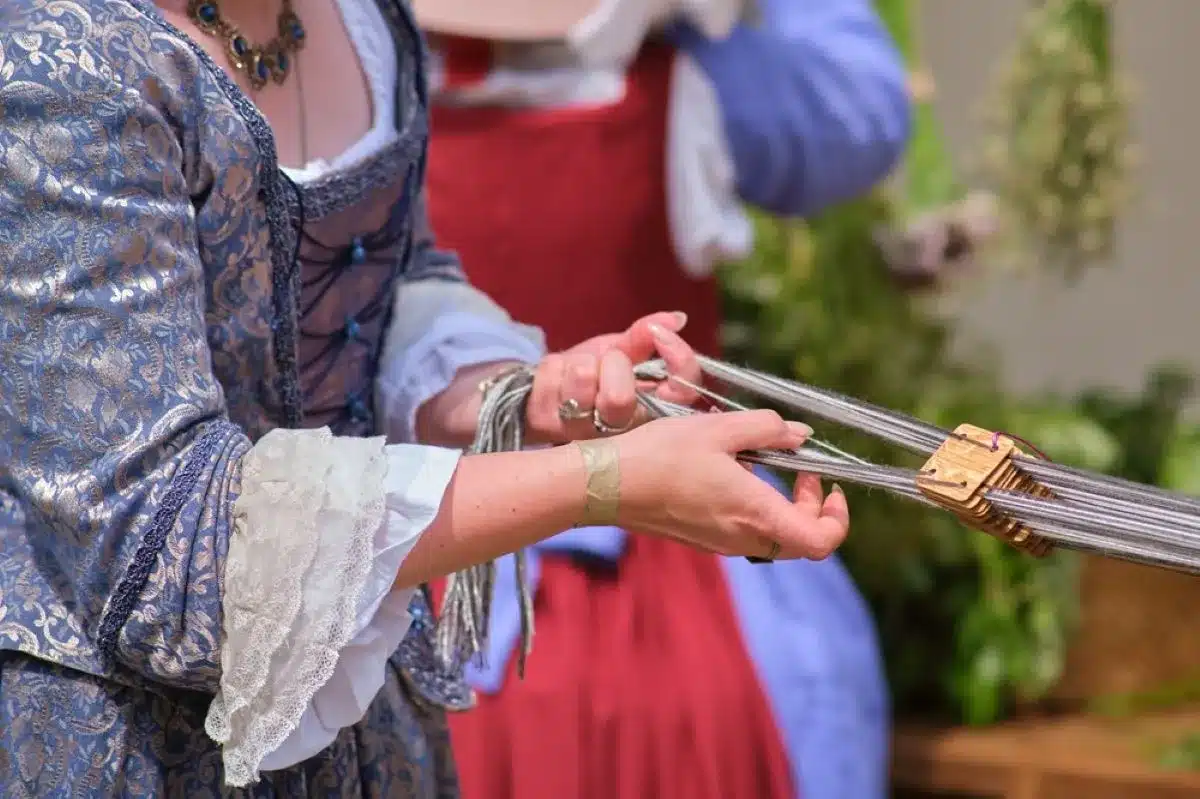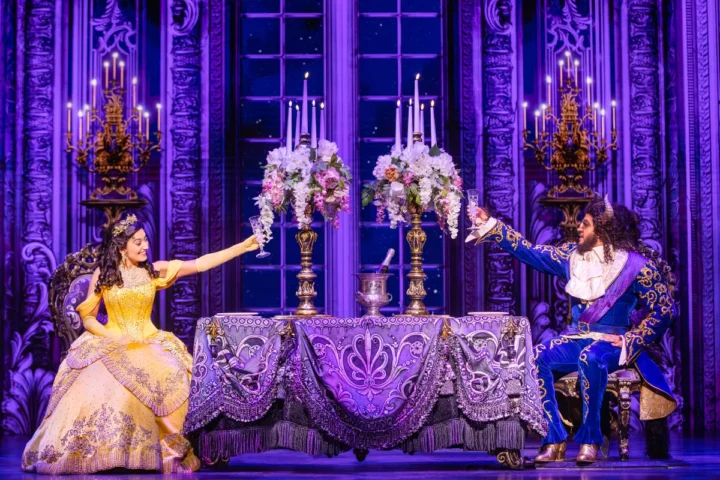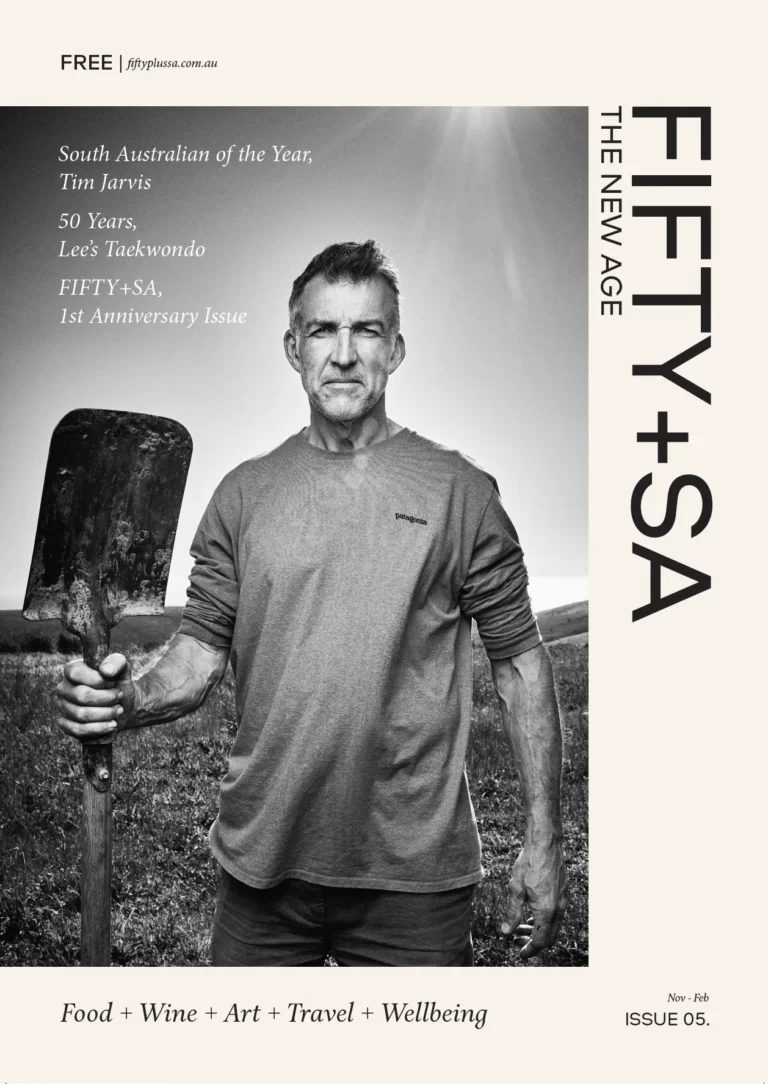Dr David Gaimster comes to the South Australian Museum with a wealth of knowledge and experience from Europe to Australasia. He has a broad background in the arts, culture and heritage, and for the past six years, he has directed the Auckland Museum.
We chat with David about his international experience, his vision for the SA Museum and his move to Adelaide.
Tell us a bit about your time at the Auckland Museum?
I’ve been in this role as CEO of Auckland Museum for six years. It’s been a very, very interesting time of transformation. A lot of disruption caused by COVID and post COVID, disruptive weather events recently.
So it still feels like it’s a slightly volatile period, but it’s been a very interesting time for me, and as an organisation. I think we’ve achieved all the sort of major transformation goals that we set out in 2017 when I started.
At that time, we put together a new strategic plan for transformation over the next five years. And I think we pretty well achieved most of what we set out to achieve.
One of the most important things for me and probably the most rewarding and satisfying was the transformation of our 1929 destination building here in Auckland. Reframing the visitor experience for the 21st Century in New Zealand.
The South Atrium Cultural Precinct opened in December 2020. It won all the national heritage and architecture prizes. And really transformed the arrival and welcome space in the museum and reframed it as a contemporary space to engage with all our communities.
Our north entrance is a 1929 heritage building that’s very much designed in the early 20th century. And this South Atrium, our second entry and exit, has been designed very much to embrace the 21st century and all the communities that we serve. So a wonderful new orientation space and arrival hall.
Space for intervention in terms of art exhibits from First Nations and from Pacifica communities, for example. Co-locating retail and hospitality, a really wonderful arrival and orientation space where people can arrive, think about what they want to do, make a journey through the museum, come back, rest, and then make another journey.
So it really has transformed our dwell time in terms of visitation. So that’s been something that we really wanted to develop over the last few years. I think all great museums have strong and effective arrival experiences, and they’re very, very important.
In addition, we’ve developed much-improved special exhibition halls for touring international exhibitions and a new education centre. So really in terms of our position locally and nationally and much-improved opportunity for increased visitation and engagement.
The other, in addition to that main sort of transformation, physical and experiential, I’d say that one of the biggest changes over the last few years has been the investment we’ve made in the online museum, improving digital access and engagement, particularly important during the COVID years.
The linking of collections images to Wikipedia has seen an extraordinary growth in public access and that being worldwide, of course, global reach. So, Auckland’s collection is now represented in over 130 languages throughout Wikipedia. And in 2020, 2021, there were over 50 million views of the museum content worldwide through partner websites and portals. And that’s up from 22 million in 2019. A massive jump in terms of online reach. So that’s a really interesting development for the museum.
The other area that I think is becoming increasingly important for museums and galleries and other cultural organisations internationally is the importance of future sustainability.
And a big step forward for us has been the publication of the museum’s Sustainability Action Plan. Which focuses on educating, inspiring, and acting on measures that make us more accountable for our impact as a business and improving our performance through our people, processes and systems.
Museums have an opportunity to influence policy and practice in our professional sector. Enable individuals and communities to build more sustainable futures. So that focus on sustainability is going to be an increasingly important dimension for any museum, including the South Australian Museum as it has been here in Auckland over the last few years.
A particular personal highlight you want to share?
I think personally was to stand on the stage and to be part of the team that was acknowledged for the physical transformation. To be awarded those heritage and public architecture prizes both locally and nationally. I think that it’s remarkable when museums can actually take the top prizes in national architecture. So I think those are special moments for anybody leading an organisation because that’s an accolade for the whole team and the whole staff of the organisation.
You’ve been said to have had transformational change at the Auckland Museum, can you tell us about this energy and the bold vision you have for the South Australian Museum?
Having worked in Europe and in New Zealand for the last few years, and really these are my focus areas for my work at the South Australian Museum over the next few years, it’s really invested in inspiring curiosity and learning through developing new compelling experiences on multiple channels, multiple platforms in which the museum operates, that’s onsite, offsite, and online. Also investing in authentic partnership with First Nations communities, establishing a more of a co-development model will be integral to the museum’s practice of partnership and engagement.
Always focusing on using the collections, mobilising the collections and expertise of the organisation for the generation of new ideas, meanings and debate.
So really being able to convert that research that’s so important at the South Australian Museum onto those multiple platforms in new experiences, new discussions, new ideas, new debates about the past, the present and the future.
I really want to see the South Australian Museum becoming more recognized, as Auckland has become, as an international centre of excellence in digital access and engagement. I think there’s a huge opportunity for the South Australian Museum. It has very rich, very extensive collections. Six million or so collections of assets across the natural world, physical sciences and human cultures. And really investing in that online engagement is an opportunity for the institution over the next few years. And I’d like to bring some of that knowledge I’ve developed here into that initiative.
And the final thing for me is about our community engagement and empowering communities to sustain and regenerate the natural environment. So the climate crisis, global challenges and engaging the community in action and resilience in the context of deteriorating climate. And using all of the assets of the museum to really inform and empower those communities to more sustainable futures.
So I think those are sort of the focus areas for me over the next few years.
You’ve had an impressive amount of international experience, how will you use this at the SA Museum?
I’ve worked in both Europe and Australasia now in New Zealand. It’s a kind of a broad background and experience in the arts, culture and heritage. I’ve worked for national museums, I’ve worked as a government policy advisor, as the CEO of an independent conservation body.
I’ve directed a large university museum service and laterally I’ve been directing a large metro museum. I’ve had periods of university research and teaching in between. So very broad experience and very public facing as well. So that has given me, having worked in two hemispheres, a bit of a bird’s eye view of the industry.
And, a real perspective of challenges and opportunities, directions and trends, in our sector internationally. And through that, I think I see museums becoming increasingly more research-driven, more participatory with communities, serving diverse communities and identities and providing and really evolving this museum as a site of investigation, social cohesion, and reconciliation.
So in short, and that’s something that COVID, I think has taught us, museums are going to cement their place as civic anchors. In other words, social as well as cultural and educational assets.
So I’m hoping to use this experience to cement South Australian Museum’s position and reach into the community. And beyond that, I really want to see the museum’s position grow as a cultural gateway to South Australia, to its unique communities, to its stories and landscapes.
Be more of an observatory, say for social change, climate change, and an agent for building and developing a more cohesive society. So that sort of social impact, I think, is going to be increasingly important for museums in the next few years.
You and your family are moving to Adelaide, what are you looking forward to the most?
We’re really looking forward to it. I think the best cities in the world have very rich cultural ecosystems and Adelaide has everything from great festivals, to this large cluster of arts and cultural institutions at its centre.
Beyond the cosmopolitan aspects, it’s got this fabulous Mediterranean climate. Unique cityscape – we’ve experienced that with its bustle and charm. Really sort of a compelling place to live for us as a family. I think it’s really very attractive.
And also, so close to one of the world’s most important wine producing centres in the world. That’s very exciting for me. I do love my Australian shiraz, so I’m looking forward to exploring that territory a lot more.
And I’m an archeologist and historian by training, so I’m very interested in Adelaide’s well preserved built heritage, which is a real attraction and an important way of connecting with the city that’s new to us.
Actually, I like visiting historic cemeteries as a way of getting to know a city and getting to know the people who created it. So when I was in London, I was a frequent visitor to the Nunhead Cemetery in South London and in Glasgow frequently went along to the Glasgow Metropolis and here in Auckland, visited the Simon Street Cemetery.
These are all the sort of early cemeteries of the city. And on a recent visit to Adelaide, I picked up Carol Lefevre’s book Quiet City Walking in the West Terrace Cemetery. Which is a really enthralling introduction to the people who made Adelaide, from the merchants and the civic dignitaries to the laborers, the suicides, and the criminal underworld that made up civic life in the city’s formative years.
It’s been a really interesting way of tuning in to the history of the city and how it has evolved. And that’s been so those are quite interesting portals into the making of a city and they’re quite interesting places to start your cultural journey.
You’ve lived in many different cities, how do you feel Adelaide compares to the likes of London and Glasgow?
I think it compares very well in terms of that rich cultural ecosystem and cosmopolitan feel.
Unlike London and Glasgow, it provides access to great countryside and landscapes, has really good transport connectivity, which I think is important and great educational opportunities, which are very important for my family.
South Australian Museum
North Terrace, Adelaide


